South Asia Travel Narrative Story: In Their Own Words: Lessons from 'Wariga Mahagedara', the Indigenous Heritage Museum of the Veddas in Sri Lanka
Story and photography by Teodora C. Hasegan
In the Monaragala district in Sri Lanka, on the Dambana Road leading to the indigenous Veddas village of Dambana within the Maduru Oya National Park boundaries, a faded sign with drawings of two Vedda people (but without any explanatory words) directs visitors to the community:
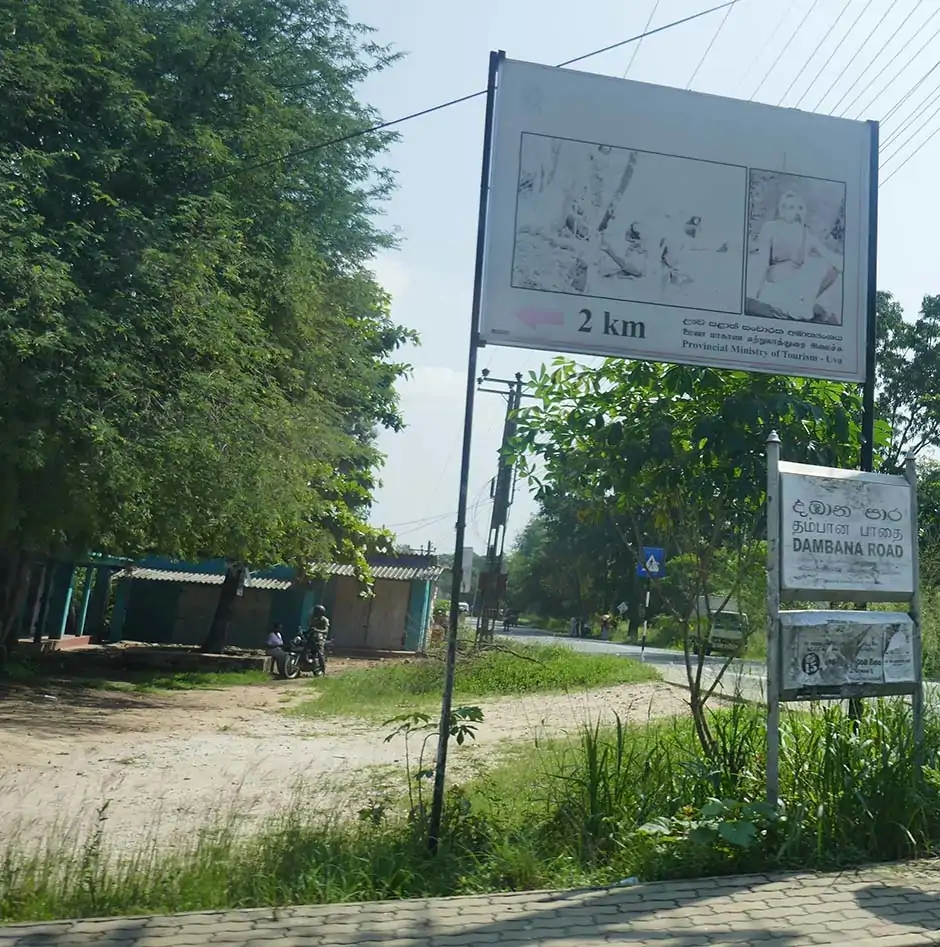 Photo 1. Road sign for the Veddas village of Dambana within the Maduru Oya National Park.
Photo 1. Road sign for the Veddas village of Dambana within the Maduru Oya National Park.
After passing by a playground from a local school,
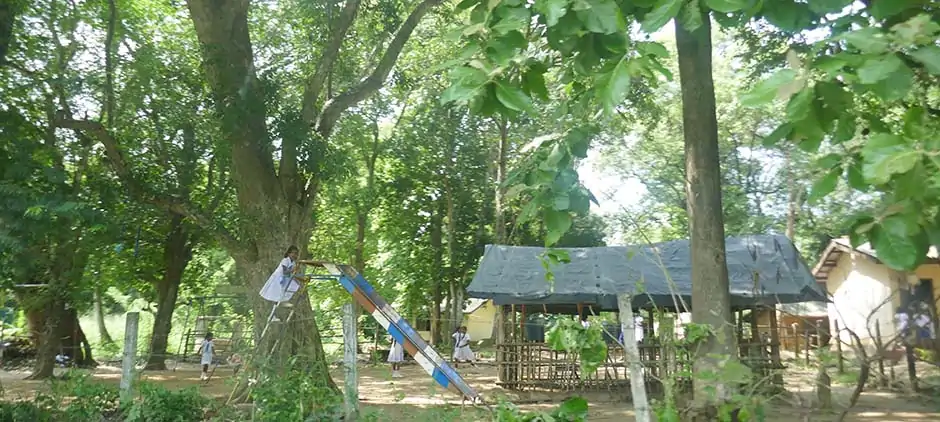 Photo 2. Playground of a local school.
Photo 2. Playground of a local school.
at the next intersection, a guide, member of the Vedda community, awaits the visitors to take them to the village. The dusty road passes by some houses,
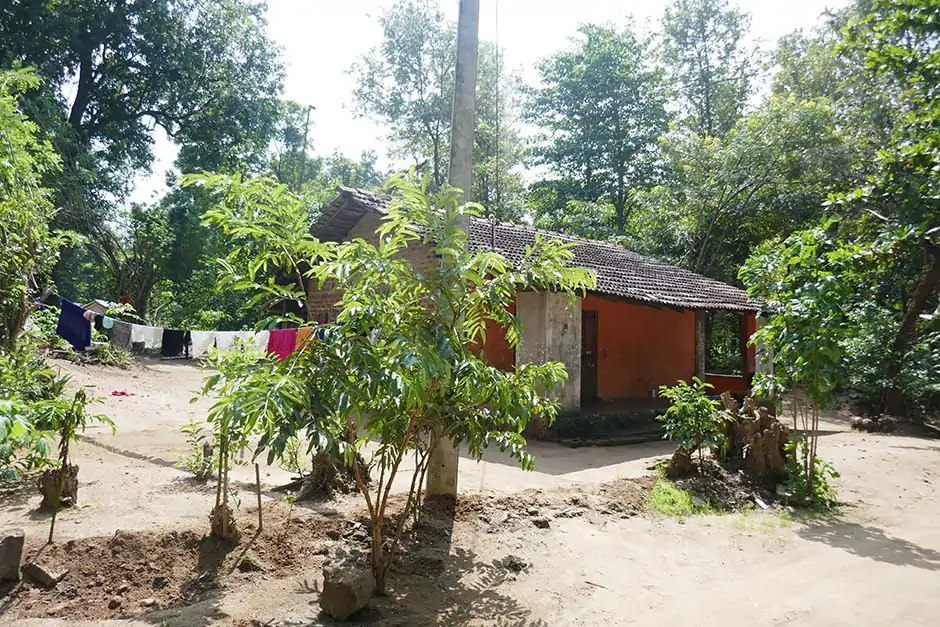 Photo 3. House at the entrance to the Maduru Oya National Park.
Photo 3. House at the entrance to the Maduru Oya National Park.
and an electric fence which marks the entrance to the area where elephants roam free:
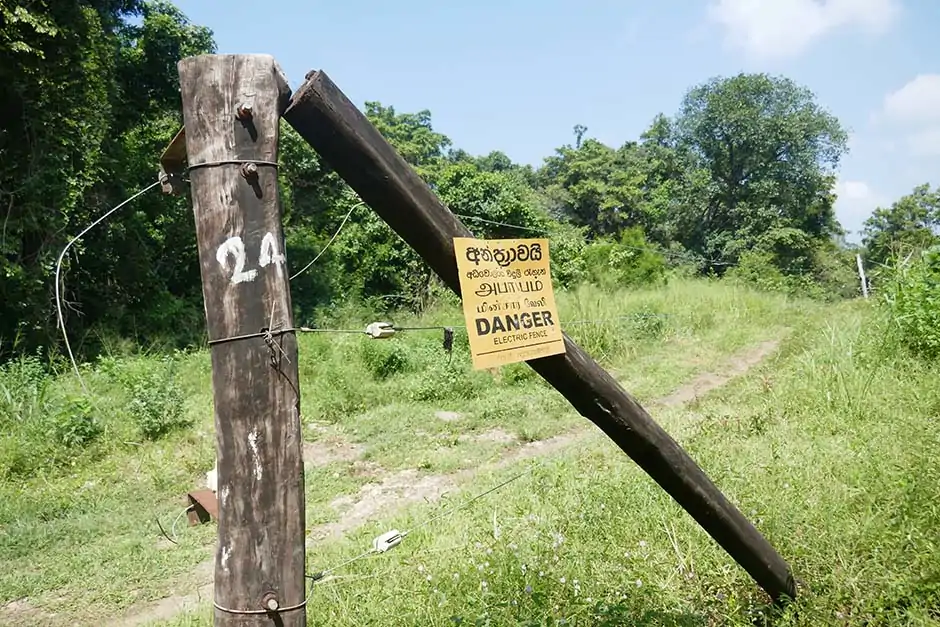 Photo 4. Fence at the entrance of the Maduru Oya National Park.
Photo 4. Fence at the entrance of the Maduru Oya National Park.
Another sign informs the visitors that they are now in the Maduru Oya National Park:
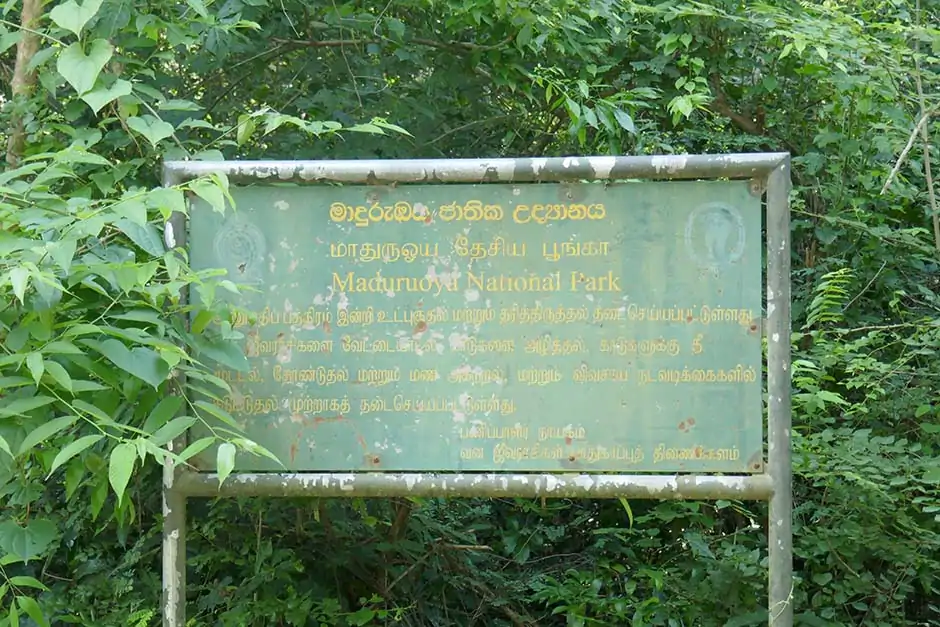 Photo 5. Entrance to the Maduru Oya National Park.
Photo 5. Entrance to the Maduru Oya National Park.
One of the four national parks of Sri Lanka, Maduru Oya National Park is situated 288 kilometers (179 mi) north-east of the capital city of Colombo.
After the road winds more through the forest, the visitor arrives in the Vedda community, and is welcomed by a wooden sculpture of a Vedda:
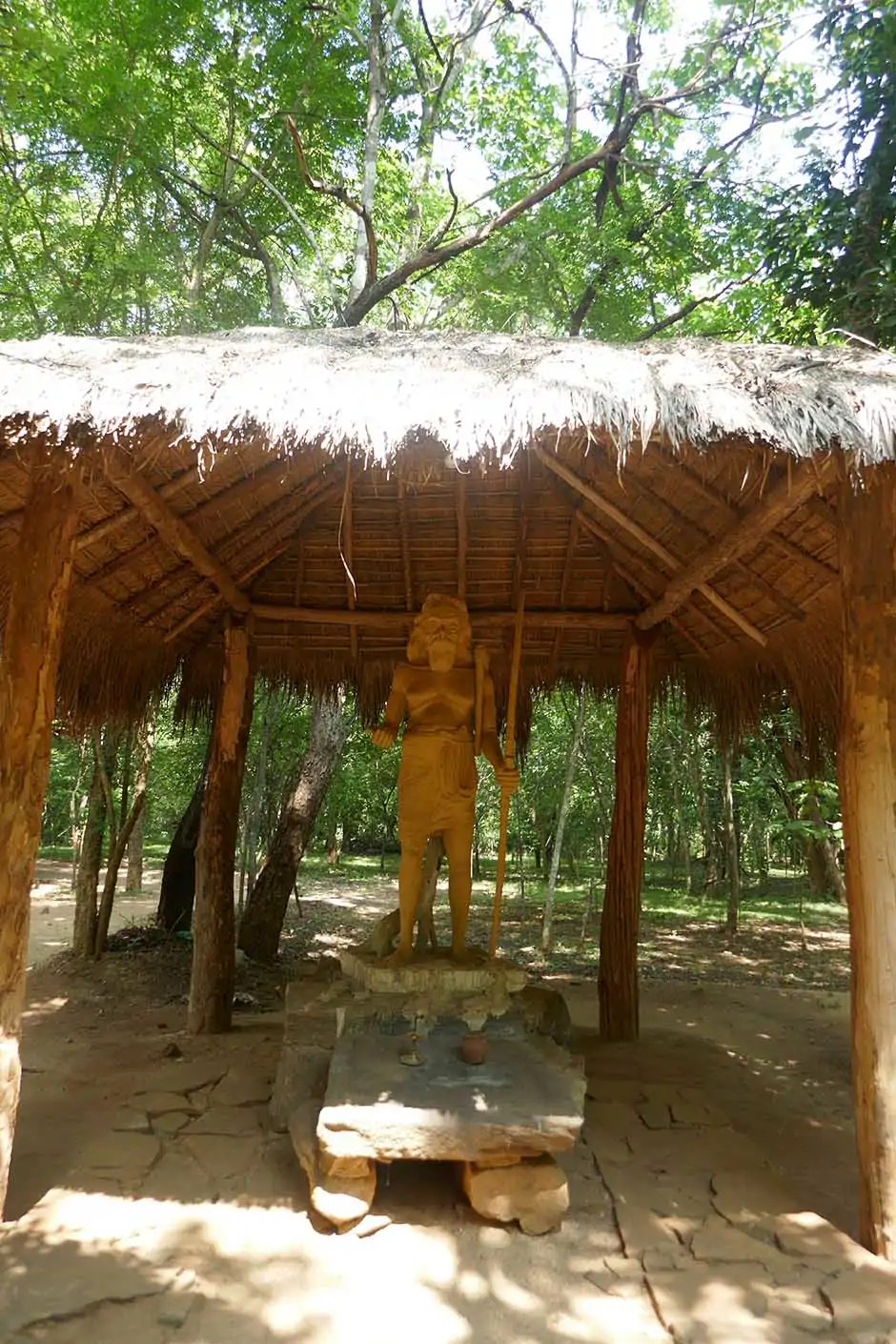
and houses made of adobe and with thatched roofs:
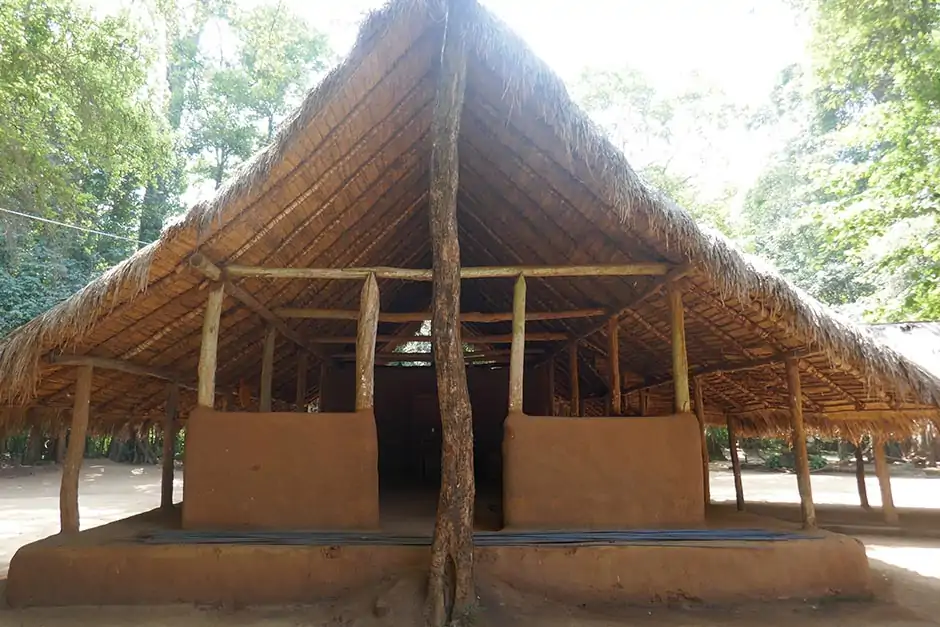
The Vedda people, the indigenous people of Sri Lanka, have lived in Dambana and other places before the area being declared a park (which deprived the Veddas of their last hunting grounds).
The largest building the visitor sees is the Indigenous Heritage Museum of the Veddas, with images of cave drawings on its outside walls, "such as those found at Hamangala which ... have long served as visual memory aids and as teaching tools for the transmission of ancestral wisdom traditions to succeeding generations" (www.vedda.org):
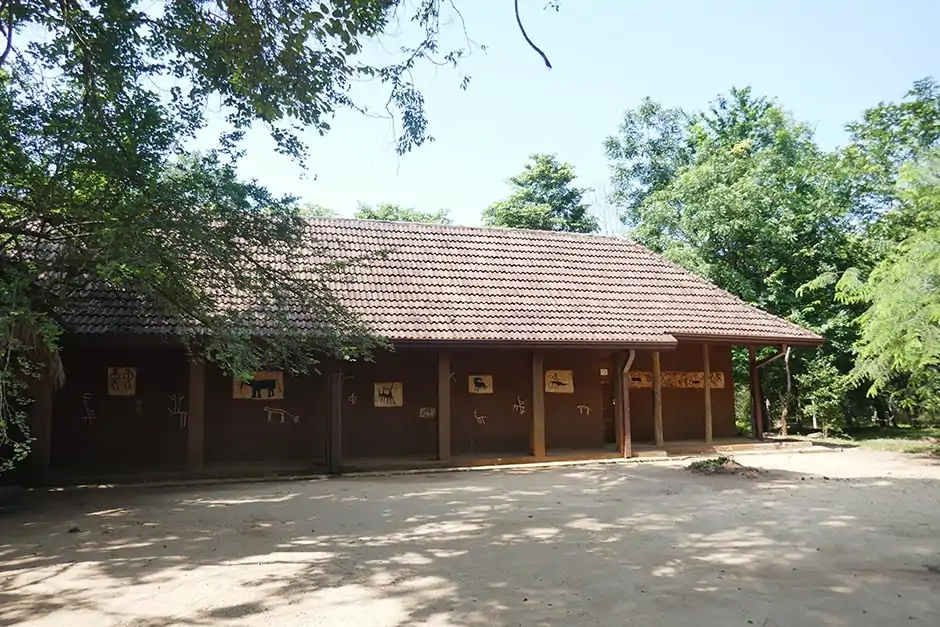
The Museum has a ticket office for the museum entrance. The museum was opened by Vedda Chief Wishwa Keerthi Wanaspathi Uruwarige Wanniyaleattho on August 9, 2015.
The exhibit contains displays with information (written in English, Sinhalese and Tamil languages), photographs, and artifacts. The first sign states that "The Veddas in Sri Lanka are considered descendants of one of the ancient communities of the world and... are the earliest settlers of this country." The name of the people is explained in the museum exhibit: "Vedda denotes the person who uses bows and arrows. The protector of the forest is also another meaning associated with the Vedda. Apart from these, the terms including 'Vyadha', 'Vanasara', 'Sabara and 'Malpasa' are several alternative terms in Sinhala for the Vedda. They also called themselves 'Wanniya-laeto' (forest-dwellers)."
The introductory displays emphasize that "The Veddas in Sri Lanka inherit their own culture, a way of life and personality where several elements of the universal concepts are also embodied. They have been successfully and friendly mixed up with the majority Sinhalese and the rest of the minority communities in the island from ancient times."
The challenges that this community are facing are highlighted: "The qualities and specialties possessed by the Veddas are constantly subject to fading out mainly due to the changes in the economic, cultural, political and social conditions prevailed within the island during the last several decades. Thereby they have lost certain important elements inherited by them." However, the exhibit emphasizes that "The Veddas are rapidly and inconsistently adapted to the new social, cultural and political issues. As a result they appeared to be at crossroads between the systems of traditional and modern."
The biggest threat highlighted is that "They even have lost the protection they originally had for their tribe in the forest" after the central governments of Sri Lanka turned the last of Veddas' forest territory into a national park, the Maduru Oya National Park on November 9, 1983. Even if they have proved to be responsible custodians of their environment, "without damaging the equilibrium of nature, flora and fauna", "for a considerable period of time we have been replaced from the forest environment." This brings a change in their lifestyle: from hunting, collecting and chena and crop cultivation (e.g., yams) as main methods of subsistence in the forest, they are now forced to engage in different other occupations, like agriculture, predominantly paddy cultivation.
This also affected a change to manufacturing decorative arts (like wood carvings, necklaces and bangles made from kikirindiya seeds) for their economic value. When "Many are being rapidly turned into very informal and complex lifestyle, whereas some are lost in between old and new systems", this museum has a very significant role: "The intention of establishing a 'Variga Mahagedara' or the "Original Abode' is to protect and preserve the rapidly diminishing unique heritage of the Veddas of Sri Lanka and present them to posterity for further research."
The exhibit then proceeds to present the history of the community, stating that "The archaeological excavations conducted so far reveal that our ancestors have been residing continuously all over the island" 45,000 years ago. Our ancestors coming down from the prehistoric age are named 'Homosapian Balangodeinsis'."
The exhibit includes stone tools used by their ancestors in the prehistoric era, a map of the settlements in the prehistoric era, emphasizing that "the chronicles, lithic records and other historical sources have recorded the existence of our lineage."
There were successive waves of immigration and colonization that began with the arrival of the Sinhalese from North India in the 5th century BC (as stated on www.vedda.org). The exhibit mentions the spirit of cooperation between the Veddas and the majority Sinhalese: "Our ancestors have also provided support and help to the Sinhalese monarchs in their endeavors to protect the country in the difficult times especially during the foreign invasions and for the development of country when needed."
The exhibit presents some physical features of the Veddas, style of clothing, ornaments, musical instruments, songs and examples of words and grammar in the indigenous Vedda language (which Veddas consider to be distinct from Sinhalese and use it as an ethnic marker to differentiate them from Sinhalese people; while linguists consider Vedda language either a separate language or a dialect of Sinhalese). The exhibit also presents marriage customs, funeral rites, rituals and ceremonies, ways of collecting, preparing and preserving food, the use of traditional knowledge in medicine. The Veddas' main religion is the belief in demons and spirits: "We make offerings to a pantheon of demons who are the guardians of the forest, hills, streams, rocks, paths and water, considered to be relatives passed away."
There is also information on how the Veddas are organized. The main tribe is called Yakkha, but they are divided into several sub-tribes; there were 14 sub-tribes in ancient times, but at the end of 19th century the number decreased to 6: Uru varige, Tala varige, Nabudan varige, Unapana varige, Morana varige, and Enbalawa varige. They had different ways of life, depending on the areas where they lived (in caves — where the Galveddo live, in coastal regions or in permanent residences). The family, consisting of father, mother and children, is the basic unit of the community and lives in one house.
The leadership is hereditary in the tribe, and different regions and tribes have their own leadership. The leader has the authority to: take decisions for the wellbeing of the tribe; lead rituals; settle dispute; protect the tribe; and obtain possible benefits for the tribe.
The style of house has changed over time. From simple shelters in the woods, to semi-permanent houses (with wattle and daub walls and thatched roofs with straw, i.e., iluk and mana); to village settlements and even urban dwelling of brick-walled houses with tiled roofs, cemented floors, and even with electricity (also, the radios, TV and modern house equipment are becoming more and more part of their lives).
The museum emphasizes the drastic changes affecting Veddas communities and presents a very disheartening fact: if in the ancient times until 19th century, the Veddas were living all over the island, currently they are confined to an enclosed land block. "According to census records the Vedda population decreased from 4,510 in 1921 to 2,361 in 1946, while since 1963 no separate count has been made, although a 1978 study identified six thousand Veddas in the Anuradhapura district alone" (www.vedda.org).
Throughout history, the indigenous Veddas have been more or less absorbed into mainstream Sinhala society (as in the North Central and Uva provinces) or Tamil society (as on the East Coast). Nowadays,
"in certain areas either our traces have been disappeared beyond recognition or absorbed into various other cultures. Our tribe was also subject to genocide carried out by the British followed by the defeat of 1818 national struggle. We were the victims of similar genocide that took place after the struggle broke out in Matale in 1848. The British declared certain forest regions that our tribe settled as reserves initiating the first step of segregating us from the forest life. The colonization and agricultural projects launched by the colonial government in 1933 commenced the final threat to our self sufficient style. The accelerated Mahaweli scheme launched in 1980 removed us from our traditional settlements and relocated to readymade paddy lands as farmers. In the long history of our tribe we protected the forest and the forest protected us in return. The major cause which influenced our modern change is the damage committed to our inseparable mutual relationship that existed with the forest."
A very important display in the exhibit is the photograph with the Address of Chief Warige Wanniya to the United Nations at the United Nations Working Group on Indigenous People (UNWGIP) 14th session held in Geneva, in 1996. The Address emphasizes the disruption of their community life and culture due to 20th-century development activities. "The drastic changes in the number, distribution and social organization of the Veddas started in the 1930s and 1940s when large irrigation and colonization schemes in the Polonnaruwa and Mahiyangana regions were launched. These projects brought an influx of Sinhalese and Tamil colonists and diminishing the forestland that was homeland to the Veddas" (www.vedda.org, quoting a field study conducted in 1992 by a specialist in indigenous development policy from the International Labour Organization). As one of the display in the exhibit explains:
"Our last hunting grounds comprising about 51,468 hectares was designated a combined 'catchment area' for a gigantic hydroelectric and irrigation project, the Mahaweli Development Project and a Forest and Wildlife Reserve. At the present time our numbers have dwindled to approximately 2,000 individuals and until 13 years ago we maintained a continuity of our hunting-gathering/ swidden-fallow cultivation subsistence... The national park regulations proscribe people from hunting, picking flowers, collecting honey, lighting a camp fire, much less allowing anyone living in the park."
As a result of this Address, the United Nations Working Group on Indigenous People (UNWPIP), in a letter to the President, urged the Government of Sri Lanka to recognize and respect the rights of the Wanniyala-aetto to maintain their traditional subsistence and live according to their culture. The Working Group has also urged the Government to "cease all acts of repression." The indigenous community needs secure land tenure that recognizes their collective custodianship over traditional hunting and gathering ranges and to be consulted or represented in the decision-making process that affects their daily lives.
Many things explained in the museum can be observed in the village next to the museum building. The village comprises some 350 families. The most noticeable is the house of the village leader. On a wall there are photographs from his activities:
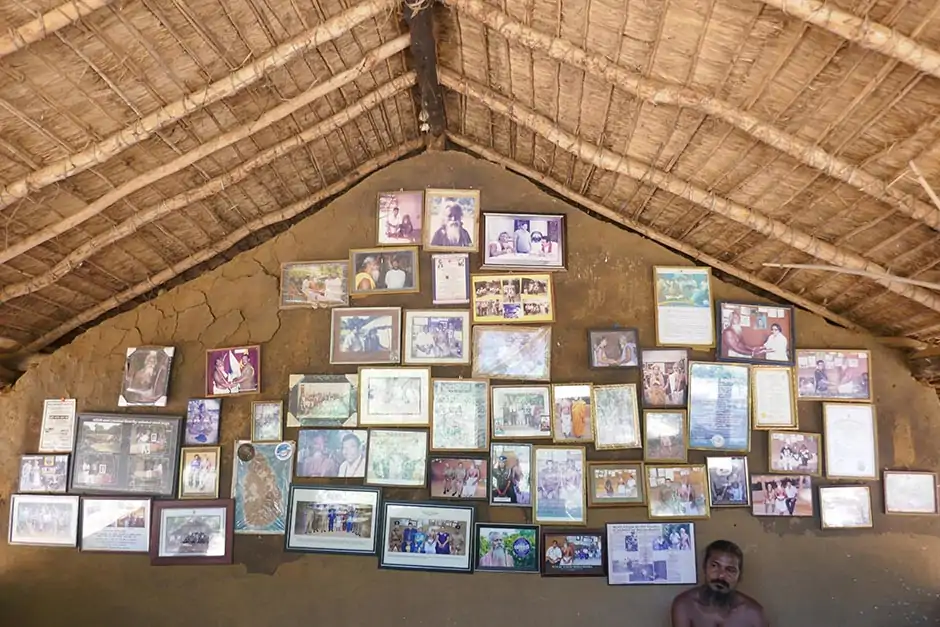
There are also crafts made of shells to be sold to visitors:
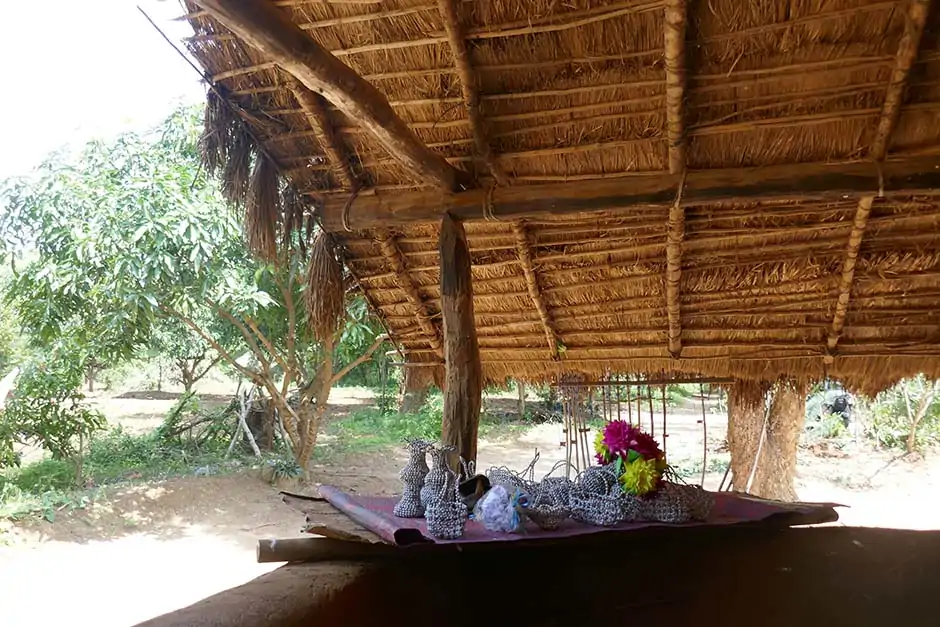
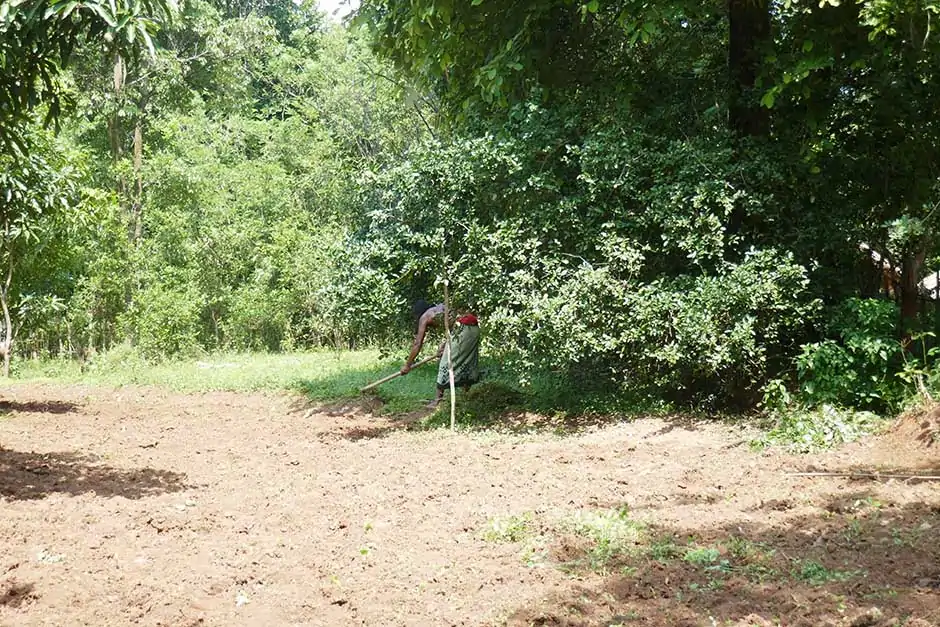
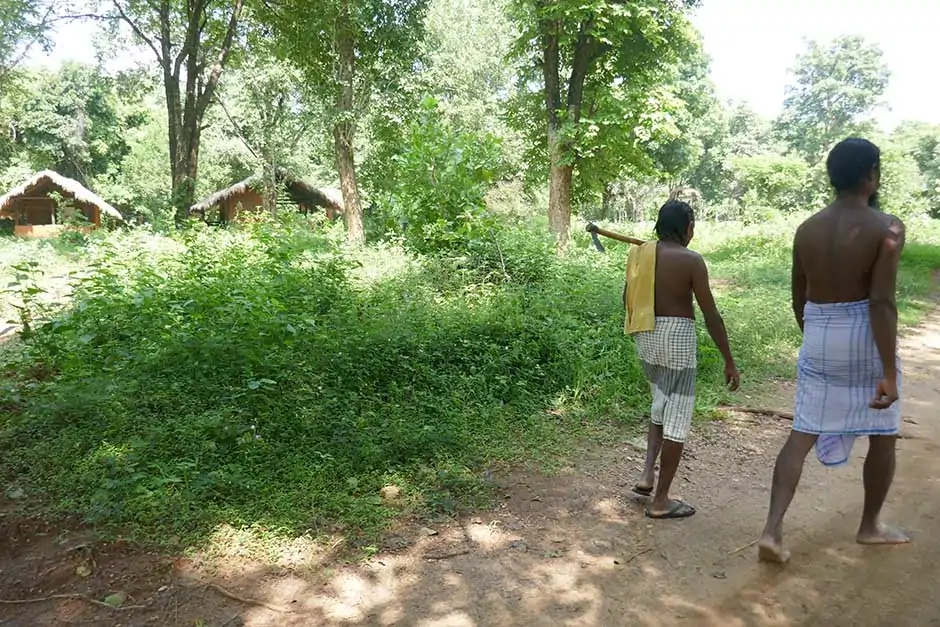
The villagers' lives are very visibly impacted by modern times:
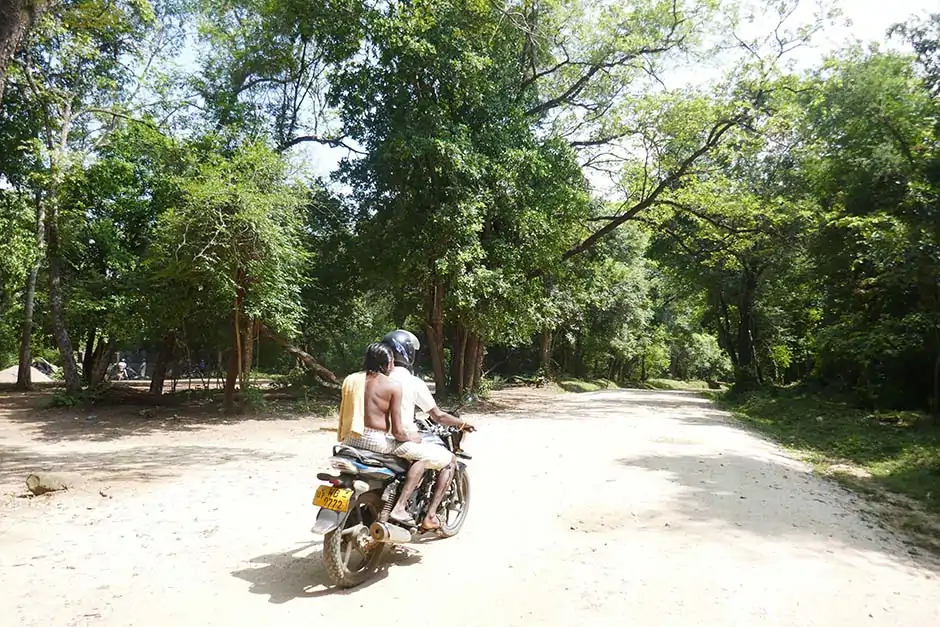
"By the loss of the jungle and our subsistence we can no longer call ourselves Wannyala-aetto, the forest-being. We want to survive not only as a people but also as a culture...We are simply a humble people attempting to remain true to who we are" (as stated in the 1996 Address of Chief Warige Wanniya to the United Nations at the United Nations Working Group on Indigenous People 14th session).
Photography copyright © 2018 Teodora C. Hasegan. All rights reserved.
Text copyright © 1999 -
2025,
The Peoples of the World Foundation. All rights reserved.
Hasegan, Teodora. C. (2018) In Their Own Words: Lessons from 'Wariga Mahagedara', the Indigenous Heritage Museum of the Veddas in Sri Lanka. The Peoples of the World Foundation. Retrieved
July 9, 2025,
from The Peoples of the World Foundation.
<https://www.peoplesoftheworld.org/travelStory.jsp?travelStory=veddas%20museum>
If you enjoyed reading this travel story, please consider buying us a coffee to help us cover the cost of hosting our web site. Please click on the link or scan the QR code. Thanks!


